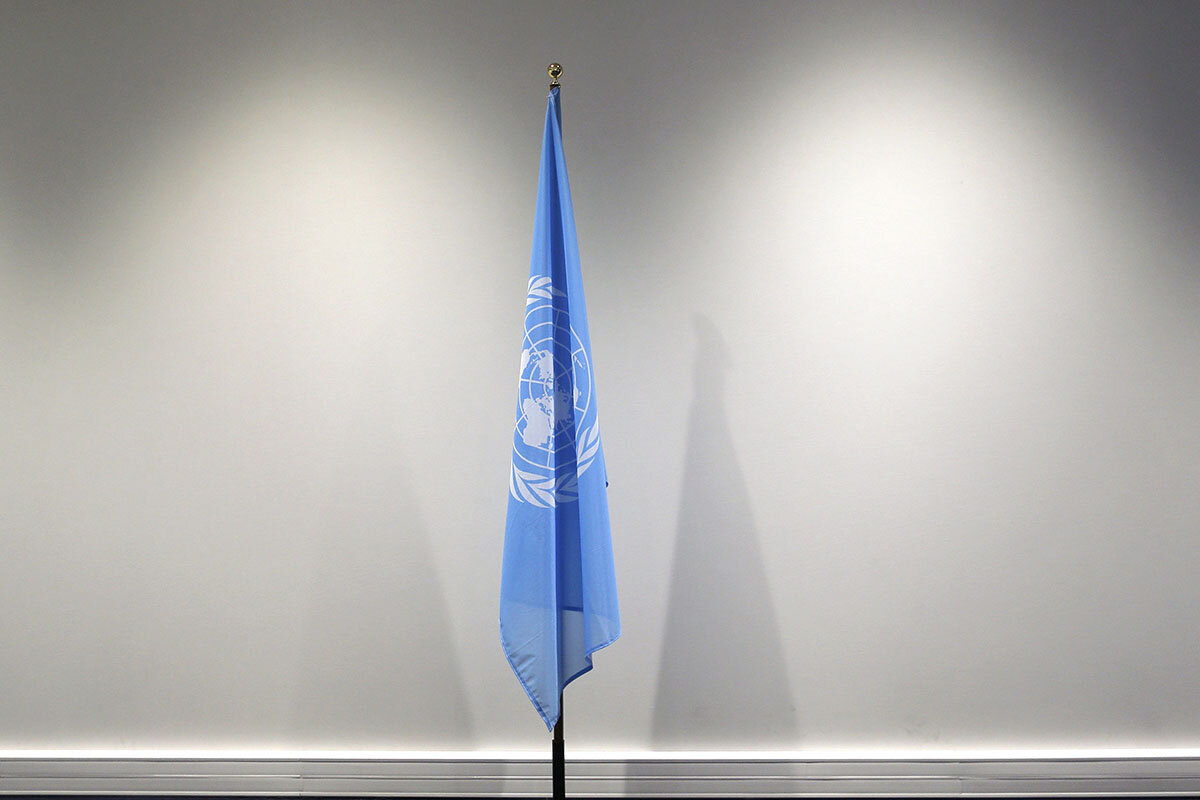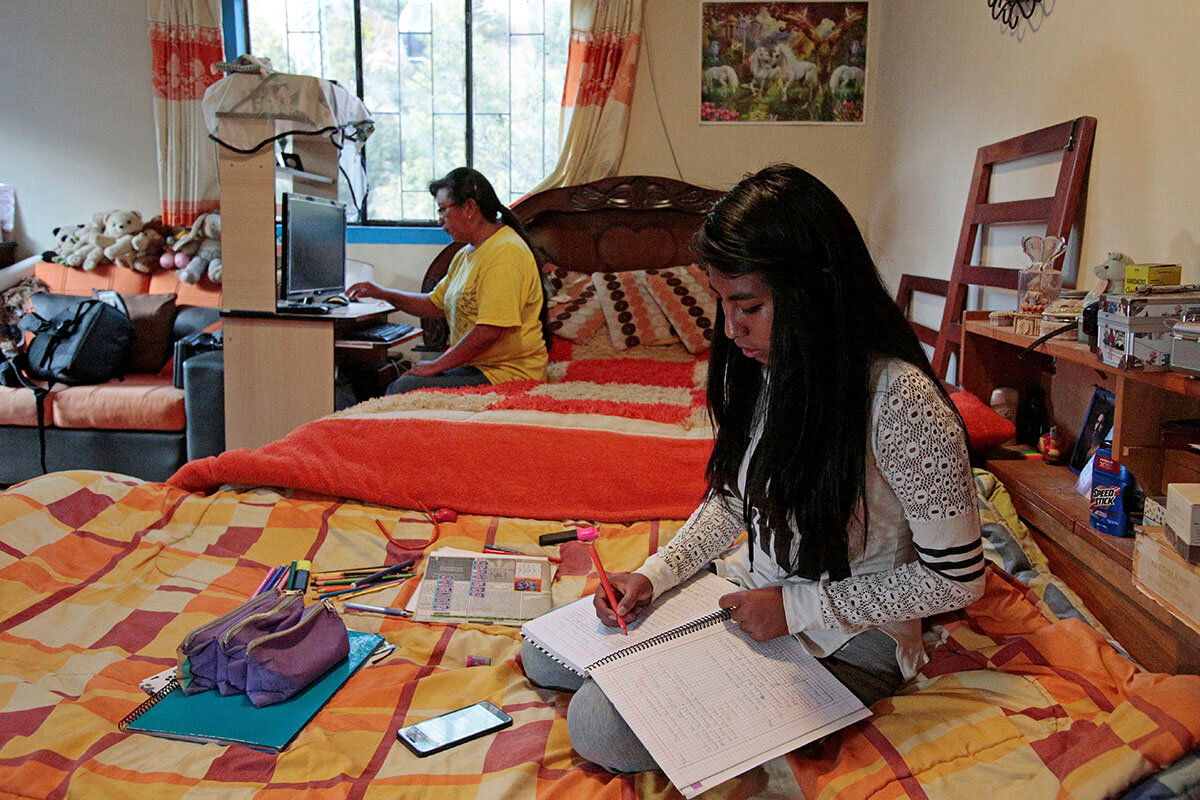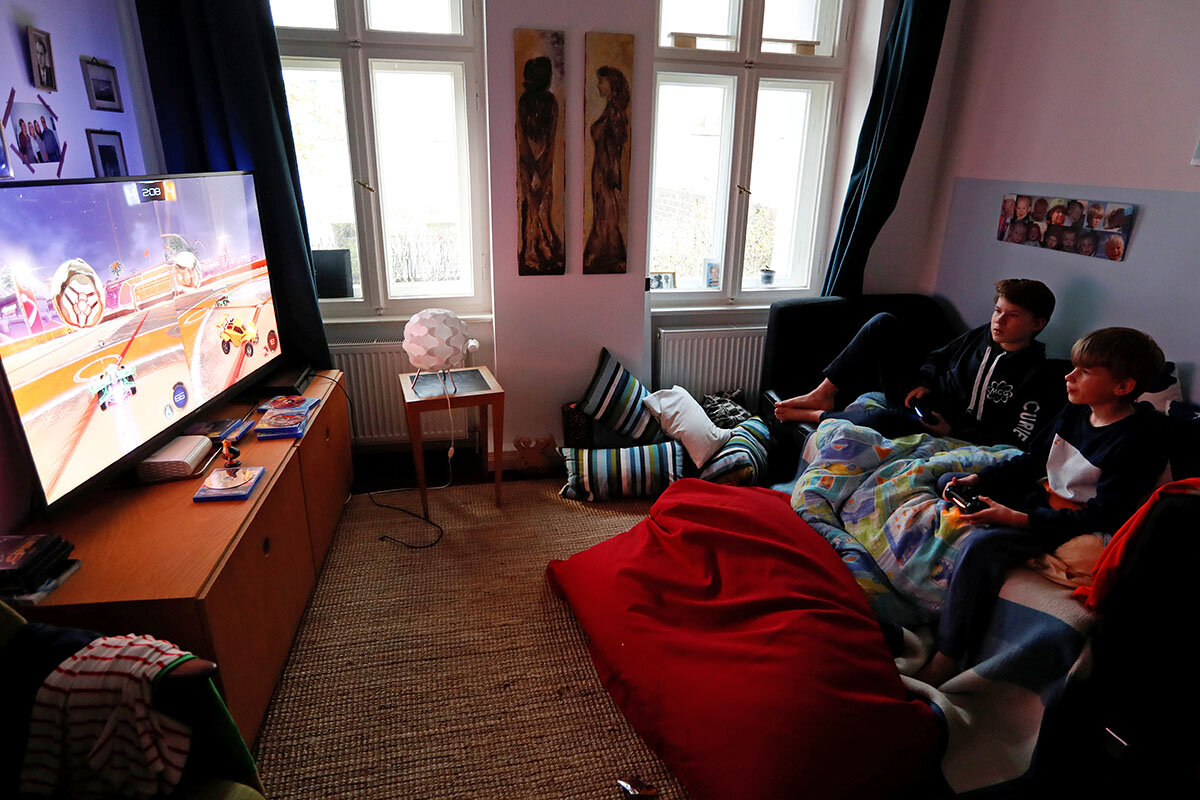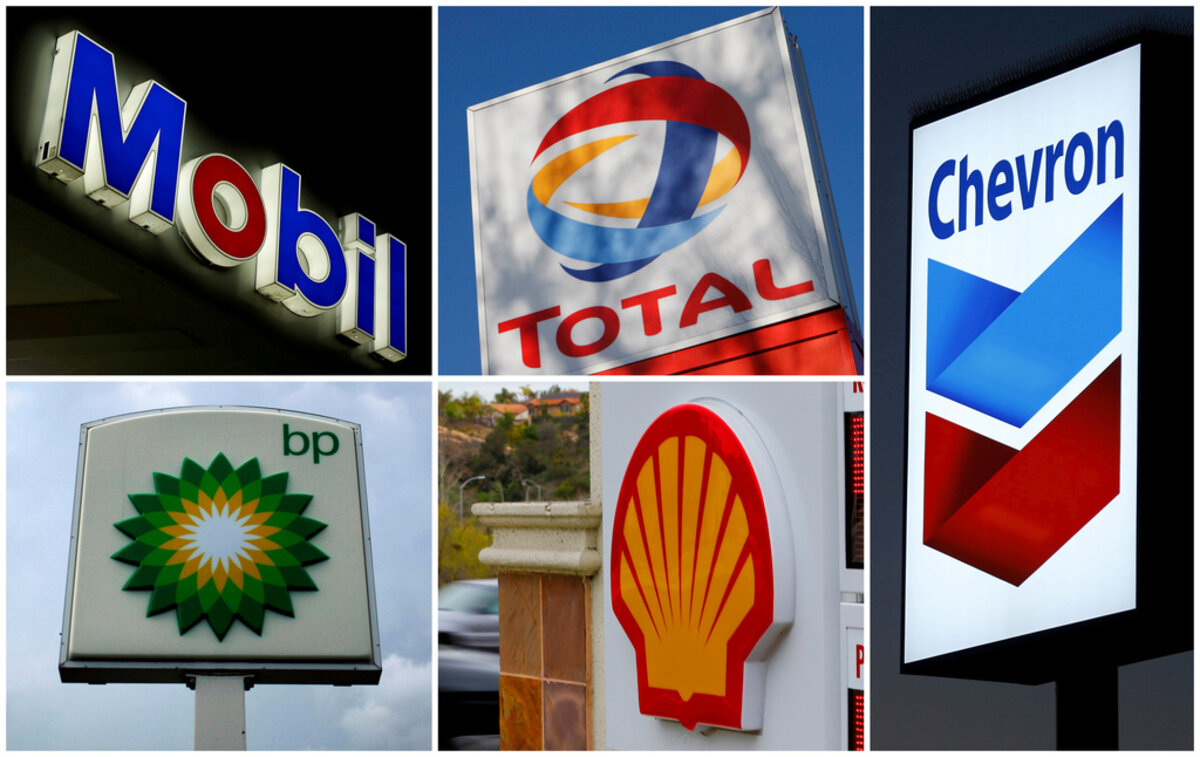It may be no coincidence that there has not been a world war since the U.N. was founded 75 years ago. Still, the institution faces the challenge of staying relevant as rising nationalism threatens the very idea of global interdependence.
Monitor Daily Podcast
- Follow us:
- Apple Podcasts
- Spotify
- RSS Feed
- Download
 Linda Feldmann
Linda Feldmann
In normal times, the National Zoo in Washington can be a haven from hectic city (and political) life. Now it’s a special source of joy – home to a 4-week-old giant panda cub, which just had its first, quick checkup and is doing great. Gender still unknown, it weighed in at about 1.5 pounds, squawks loudly, and is getting its little black-and-white panda markings.
That this baby exists at all is a story to behold. The mama panda, Mei Xiang, was considered almost certainly too old to reproduce again. But in March, a week after the pandemic forced the zoo to close, she entered a brief window of “heat” and a small crew of panda reproduction specialists artificially inseminated her. On Aug. 21, Mei Xiang gave birth.
Aside from providing a welcome distraction to humans via peeks at cute pictures and the zoo’s “panda cam,” the cub is also a reminder of a more hopeful time in U.S.-Chinese ties. “Panda diplomacy” has been an enduring legacy of the Nixon era. Whether it lasts may be the least important question hanging over the fraught relationship. But for now, the baby panda remains a happy story.
“People need this,” Brandie Smith, the zoo’s deputy director, told The New Yorker right after the cub’s improbable birth. “It’s the story of hope, and the story of success, and the story of joy.”










